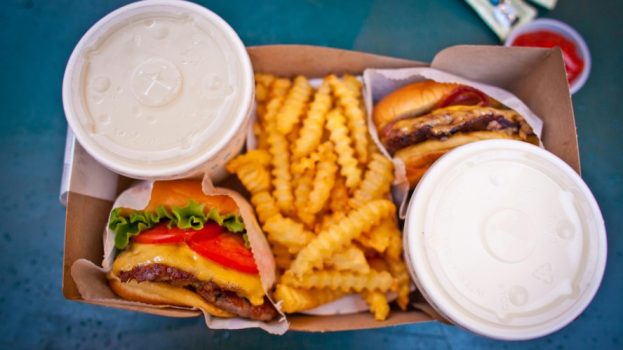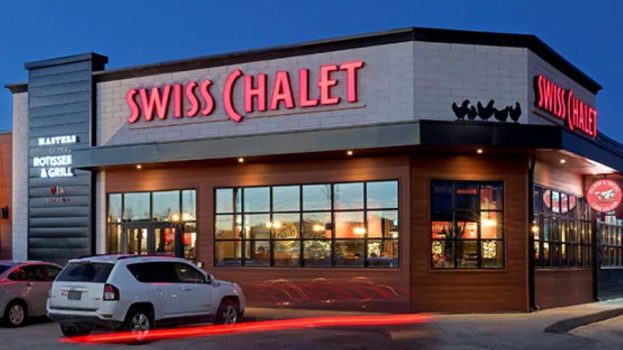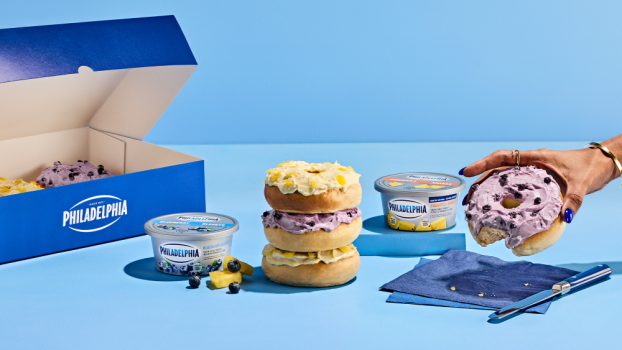
While the impact of a loyalty program on consumer behaviour remains strong, Bond Brand Loyalty’s latest report finds that there is a divide between how marketers feel they endear themselves to consumers and how those same consumers feel about those brands’ efforts.
In a poll of 7,000 Canadians conducted in partnership with Visa, Bond received feedback on over 100 loyalty programs, as well as consumer sentiment about brand and program loyalty as a whole.
Both marketers and consumers have a similarly pessimistic outlook on brand loyalty – only 21% of marketers strongly agree that customers are loyal to their brand, with 17% of consumers saying the same – but a clear divide emerges when looking at the inverse of that relationship. While 46% of marketers strongly agree that their brand is loyal to its customers, that same sentiment is shared by only 8% of consumers.
Despite wavering degrees of consumer loyalty to a brand, the influence of an effective loyalty program on purchase decisions remains strong: 77% of consumers say they are more likely to do business with brands that have a good loyalty program, with 66% saying they are more likely to recommend brands with good programs to others and 63% saying they modify the amount they spend in order to maximize their benefits.
A typical Canadian is a member of an average of 13.4 programs (roughly in line with last year’s survey), however only 6.7 of those programs are actively participated in, a drop of 1.2 from 2020.
The biggest decline in activity was in “mid-frequency” programs – operating in categories like specialty retail, department stores and automotive, as well as coalition programs – though they do remain popular, with Canadians having an average of 1.3 active memberships. Perhaps a reflection of pandemic buying habits, “high-frequency” programs – those for QSRs, grocers and gas stations – had a much milder drop in activity, and there are now an average of 1.5 active memberships for each Canadian.
One way that brands can increase the relevance of their loyalty programs is to promote relevant rewards, and show a clear path to help members redeem them: 78% of loyalty plan members have a “redemption goal,” which Bond says increases (2.2x) the likelihood that members will be loyal to a program. The lift is even higher (2.8x) among Gen Z consumers.
As with previous years, the report also included a ranking of the top programs in different categories based on the level of loyalty expressed in the survey. Those rankings can be found below – entries appearing with a star are considered “breakaway leaders,” having more than a 5% lead over the next highest performer.
Looking category-wide, Bond found that programs from QSRs, health and beauty retailers, airlines and “offer aggregators” had the highest loyalty, while gas, hotel, department store and coalition programs had the lowest. Also, loyalty credit cards from merchants or those with travel benefits had higher loyalty than bank-branded cards.

























